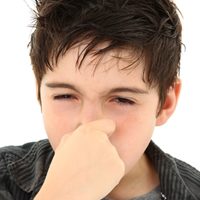
People who live in Texas are all too familiar with cedar allergies — colloquially known as "cedar fever" — which are most common during the winter when the pollen particles from the state's most allergenic tree are especially ubiquitous. According to KVUE.com, an Austin news outlet, this affliction can be particularly difficult for people who suffer from asthma.
The source reports that the combination of viruses and cedar allergies that are characteristic of this time of the year combine to make asthma symptoms notably bad, increasing people's chances of ending up in the hospital.
"I can tell what the count is before I even look at the picture in the paper or watch the evening news. I can tell when cedar is coming," asthma sufferer Delores Rogoyski said in an interview with the news outlet. "You've got December, January then February. By March, it's usually gone. That's when it can turn into an infection. When you get an infection, you get the asthma. It lingers and it stays longer."
Dr. Allen Lieberman of the Allergy and Asthma Center of Austin told the source that the best way for asthma suffers to make it through cedar allergy season safely is to stay on their daily medications.
If you're one of the millions of Americans who has asthma or allergies, the good news is that there are simple changes you can make around your home to combat these irritating afflictions. For example, by replacing the sheets on your bed with hypoallergenic bedding, you can reduce the buildup of common household allergens like dust mites and pet dander.









